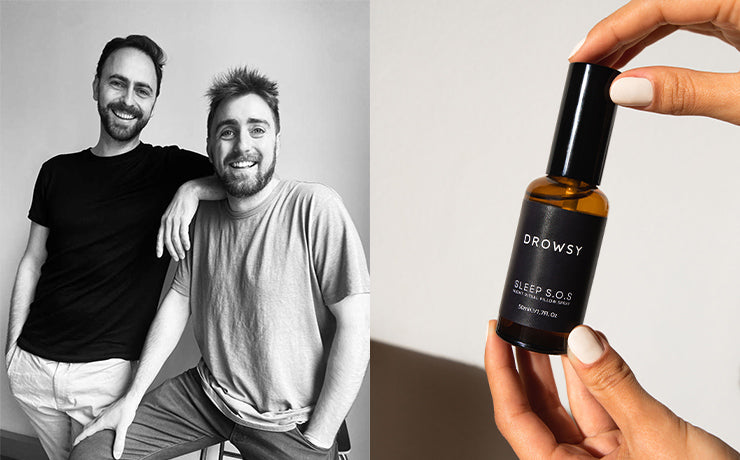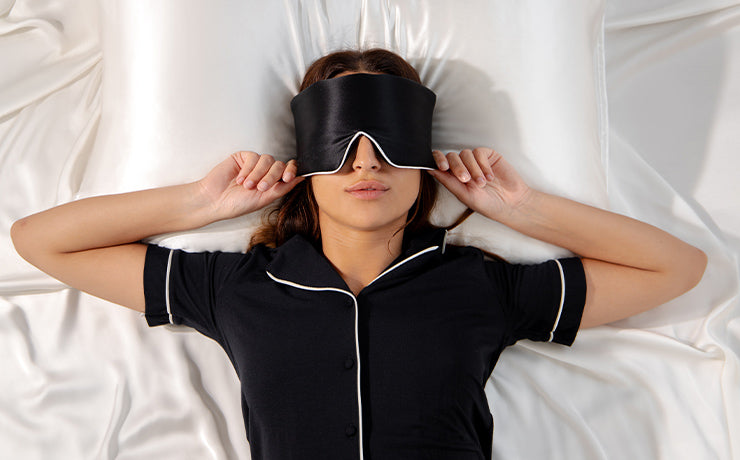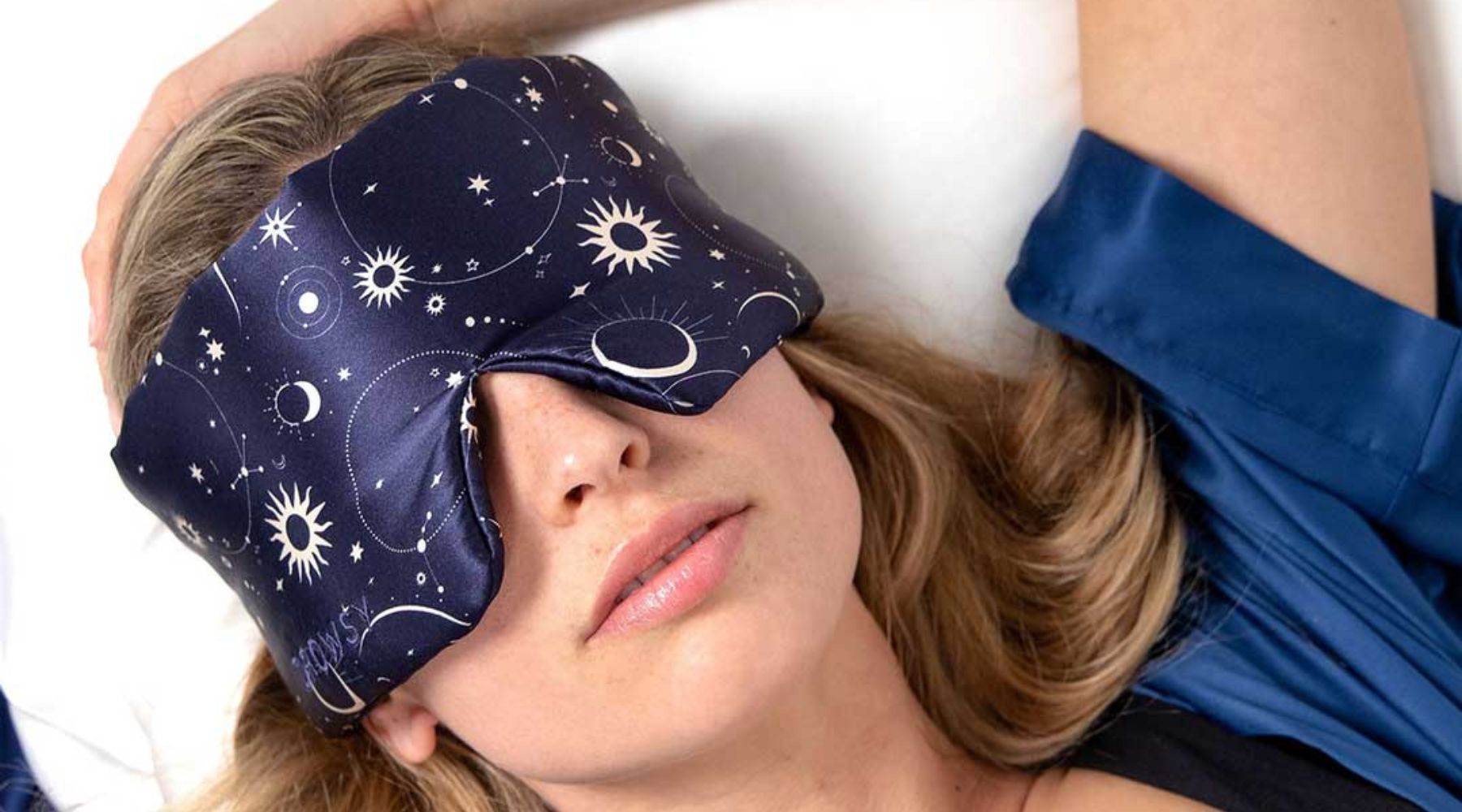Understanding somniphobia: causes, symptoms, and solutions
Imagine lying in bed, exhausted from a long day, yet dreading the idea of falling asleep. For many, this is not just a fleeting thought but a nightly struggle rooted in somniphobia—the fear of sleep. This condition is more than simply disliking bedtime; it's a deeply ingrained fear that disrupts lives. If this sounds familiar, or if you're simply intrigued, let's dive into what is somniphobia, why it happens, how it feels, and what you can do about it.
What is somniphobia? The extreme fear of falling asleep
Somniphobia (also known as hypnophobia or sleep anxiety) is the persistent and irrational fear of sleep. For people who experience it, falling asleep can be terrifying. It's not only about a refusal to rest but is often rooted in fears of vulnerability, losing control, nightmares, or even dying in sleep.
This specific phobia doesn't ruin bedtime alone; it disrupts every aspect of life. Sleep deprivation affects cognitive functioning, emotional regulation, and physical health. This creates a vicious cycle that's hard to break.

What causes somniphobia?
Identifying what causes somniphobia is critical to addressing it. While everyone's experience is different, common causes include:
-
Trauma: Individuals who have experienced trauma or have posttraumatic stress disorder (PTSD) involving sleep, like sleep paralysis, severe nightmares, or sudden health scares, may develop somniphobia. For instance, if someone has experienced a medical emergency during sleep, they may associate bedtime with danger.
-
Fear of vulnerability: Sleeping is a state where we're at our most vulnerable. For some, the idea of being unconscious and unaware of what's going on around them can trigger physical anxiety symptoms.
-
Nightmares and sleep disorders: Conditions like insomnia, night terrors, or sleep paralysis can instill a fear of sleeping. Nightmares, especially recurring ones, make sleep feel like an enemy rather than a sanctuary.
-
Existential fears: Some individuals fret over dying in sleep or not being able to wake up. These existential concerns can fuel somniphobia.
-
Underlying mental health issues: Anxiety disorders, PTSD, and depression often coexist with somniphobia symptoms. In fact, the phobia may amplify existing struggles, making it even harder to deal with.
Recognizing the somniphobia symptoms
Somniphobia manifests in various ways, and it's not always obvious at first. Here are some common symptoms:
-
Physical symptoms: Racing heart, sweating, nausea, and even shortness of breath as bedtime approaches.
-
Emotional symptoms: Constant sense of dread, panic attacks, or anxiety about sleeping.
-
Behavioral symptoms: Avoiding sleep at all costs—staying awake for as long as possible, consuming excessive caffeine, or engaging in late-night distractions like watching TV or scrolling on your phone.
These symptoms typically result in sleep deprivation, which in turn affects mood, focus, and health in general.

Solutions: finding peaceful sleep
The good news? Somniphobia is manageable. It may take time and effort, but there are proven strategies to reclaim restful nights.
-
Therapy: Cognitive Behavioral Therapy (CBT) has proven to be an effective treatment for somniphobia. It helps recognize and reframe negative thought processes about sleep, replacing fear with healthier associations.
-
Exposure therapy: Gradual exposure to sleep scenarios can desensitize people to their fear. This could mean lying in bed and practicing relaxation exercises without the pressure to sleep.
-
Relaxation techniques: Using techniques such as deep breathing, meditation, or progressive muscle relaxation can reduce anxiety and prepare the mind and body for rest.
-
Creating a safe sleep environment: Make your bedroom a haven. Comfortable bedding, soft colors, and white noise can make sleep feel less threatening. Minimize distractions like bright lights and electronic devices.
-
Addressing underlying conditions: If you fear sleep due to anxiety disorders or PTSD, treating these conditions with therapy or medication can reduce sleep-related fears.
-
Getting professional help: If somniphobia feels unmanageable, consult a mental health professional. For some people, only a tailored combination of therapy and medication will do the trick.
-
Setting small, achievable goals: Rather than trying to get eight hours of sleep immediately, work on changes you can gradually and sustainably add. For example, start by lying in bed for a few minutes without distractions and building from there.
Supporting someone with somniphobia
If a friend or a close family member struggles with somniphobia, your support matters. Don't dismiss their fears, no matter how irrational they may seem to you. Listen without judgment and encourage them to seek help. Offer to help them create a soothing bedtime routine or just be there when they need reassurance.
Reclaim your nights
While somniphobia can feel overwhelming, it doesn't have to control your life. Peaceful sleep is possible with patience, self-compassion, and the right strategies. Try creating a calming bedtime ritual that soothes your mind and body. Focusing inward, eliminating distractions, and establishing a safe sleep environment can help you embrace healthier sleep habits. Sweet dreams are within reach!






